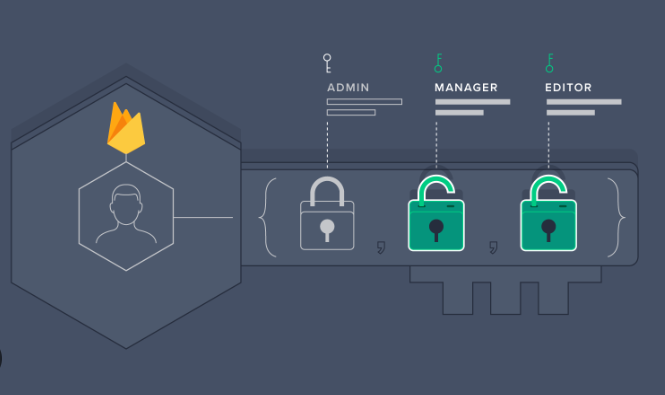Implementing authentication and authorization in Java Full Stack applications is crucial for securing your application and controlling access to its resources. Here’s an overview of the steps involved in implementing authentication and authorization:
- User Management:
Create a user management system to handle user registration, login, and user profile management. This typically involves creating a database schema to store user information such as usernames, passwords (preferably stored securely as hashes), roles, and any other relevant user details. - Authentication:
Implement authentication by verifying user credentials during the login process. Upon successful authentication, generate a session token or a JSON Web Token (JWT) to represent the authenticated user’s identity. Store this token securely on the client side (e.g., in a browser cookie or local storage). - Authorization:
Implement authorization to control access to different resources within your application. Define user roles and permissions to determine what actions or data specific roles are allowed to perform or access. For example, you may have roles like “admin,” “user,” or “guest,” each with different levels of access. - Session Management:
Manage user sessions using session management techniques like using session IDs or JWT tokens. Store session-related data on the server side, associating it with the authenticated user. Validate the session token on subsequent requests to ensure the user is authenticated. - Secure Password Storage:
Ensure that user passwords are securely stored by hashing them using a strong hashing algorithm (e.g., bcrypt or PBKDF2). Salt the passwords to add an extra layer of security. Avoid storing passwords in plain text or using weak hashing algorithms like MD5 or SHA-1. - Protect Sensitive Information:
Take care to protect sensitive information such as passwords, API keys, or database credentials. Store these secrets in configuration files separate from your codebase and use environment variables or a secure secret management system to access them. - Access Control:
Implement access control mechanisms to restrict access to certain resources or functionalities based on user roles and permissions. Use annotations or filters to enforce access control rules on the server side. For example, restrict access to certain APIs or web pages to only authenticated users with specific roles. - Secure Communication:
Ensure that all communication between the client and server is secure by using HTTPS (TLS/SSL) to encrypt data transmission. This helps prevent eavesdropping or tampering with sensitive information during transit. - Implement Remember Me Functionality:
Optionally, provide “Remember Me” functionality to allow users to stay authenticated across multiple sessions or browser restarts. Use techniques like persistent cookies or long-lived tokens to enable this feature securely. - Logging and Auditing:
Implement logging and auditing mechanisms to record important security-related events, such as failed login attempts or privileged actions. This helps with monitoring and investigating security incidents. - Regular Security Updates:
Stay updated with the latest security patches and updates for your development framework, libraries, and dependencies. Security vulnerabilities can arise from outdated components, so keeping them up to date is crucial. - Security Testing:
Conduct regular security testing, such as penetration testing or vulnerability scanning, to identify and address potential security flaws. This helps ensure your application remains secure against common attack vectors.
By following these steps, you can effectively implement authentication and authorization in your Java Full Stack applications and enhance their security. Additionally, consider leveraging existing security frameworks and libraries like Spring Security or Apache Shiro, which provide extensive functionality for authentication and authorization, making the implementation process more efficient and robust.




